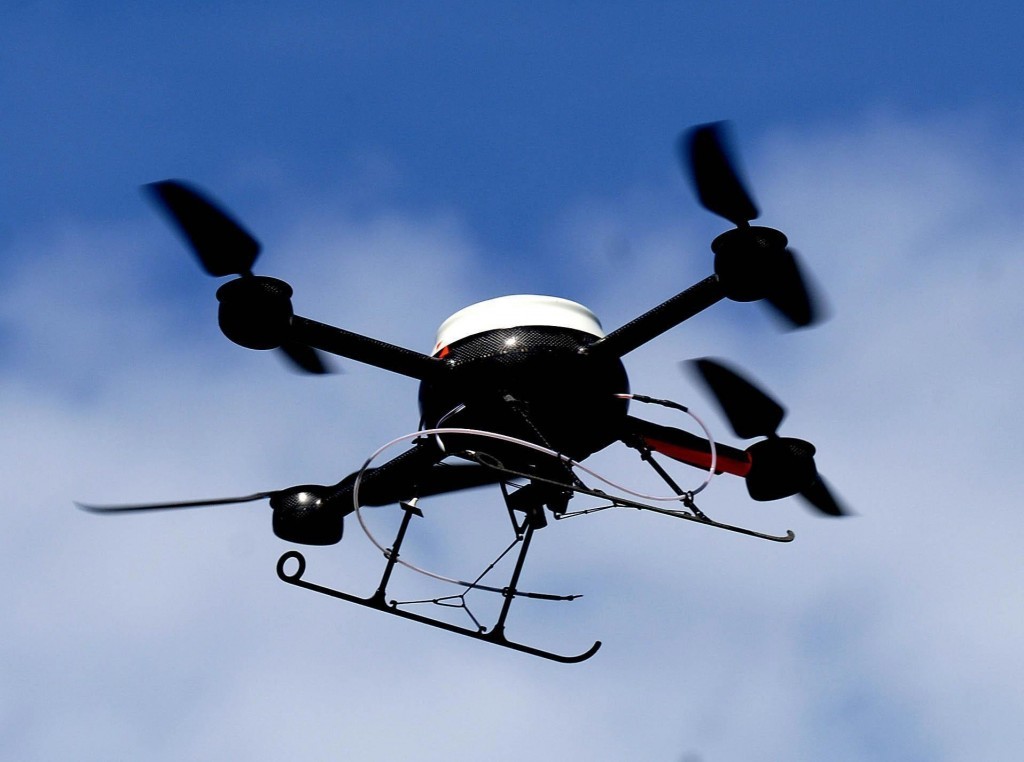
Drones were spotted after dark yesterday flying over two nuclear plants operated by Electricite de France SA, deepening the mystery over the flights that began earlier this month.
Aircraft resembling drones were detected within the airspace of EDF’s Golfech and Penly atomic plants yesterday around 9 p.m. local time, a spokeswoman for the utility said by telephone. The flights had no effect on safety or operations at the sites, she said.
Drones have also flown over several sites of nuclear research organization, the Commissariat a l’Energie Atomique et aux Energies Alternatives. A spokesman for the organization known as CEA declined to provide details.
No one has so far publicly taken responsibility.
The latest sightings bring to nine the number of EDF plants whose airspace has been penetrated illegally by drone-like aircraft since Oct. 5, according to the state-controlled utility, operator of all of France’s 58 nuclear reactors spread across the country at 19 sites. French Interior Minister Bernard Cazeneuve confirmed yesterday authorities are investigating the events and have the “means to neutralize these drones.” He didn’t elaborate.
Under French law, aircraft are forbidden from flying within a five-kilometer (three-mile) perimeter less than 1,000 meters above a nuclear plant. Infringements are punishable with prison and fines.
The first suspected drone flight was detected Oct. 5. They have now been spotted at sites including Blayais, Bugey, Cattenom and Nogent-sur-Seine as well as the latest at Golfech in southwestern France and the coastal Penly plant on the English Channel.
The anti-nuclear group Greenpeace, which has sneaked into nuclear sites to highlight security lapses in the past, has denied involvement and expressed concern the flights are continuing.
Greenpeace and EDF have long been at odds about the safety of nuclear energy. Following security breaches by activists in 2011 and 2012, the utility set aside at least 400 million euros ($505 million) to boost security at the plants with measures including guards, alarms, fences and dogs.
In 2012, an activist landed a paraglider inside a plant to show the risk of aerial attack.
Recommended for you
